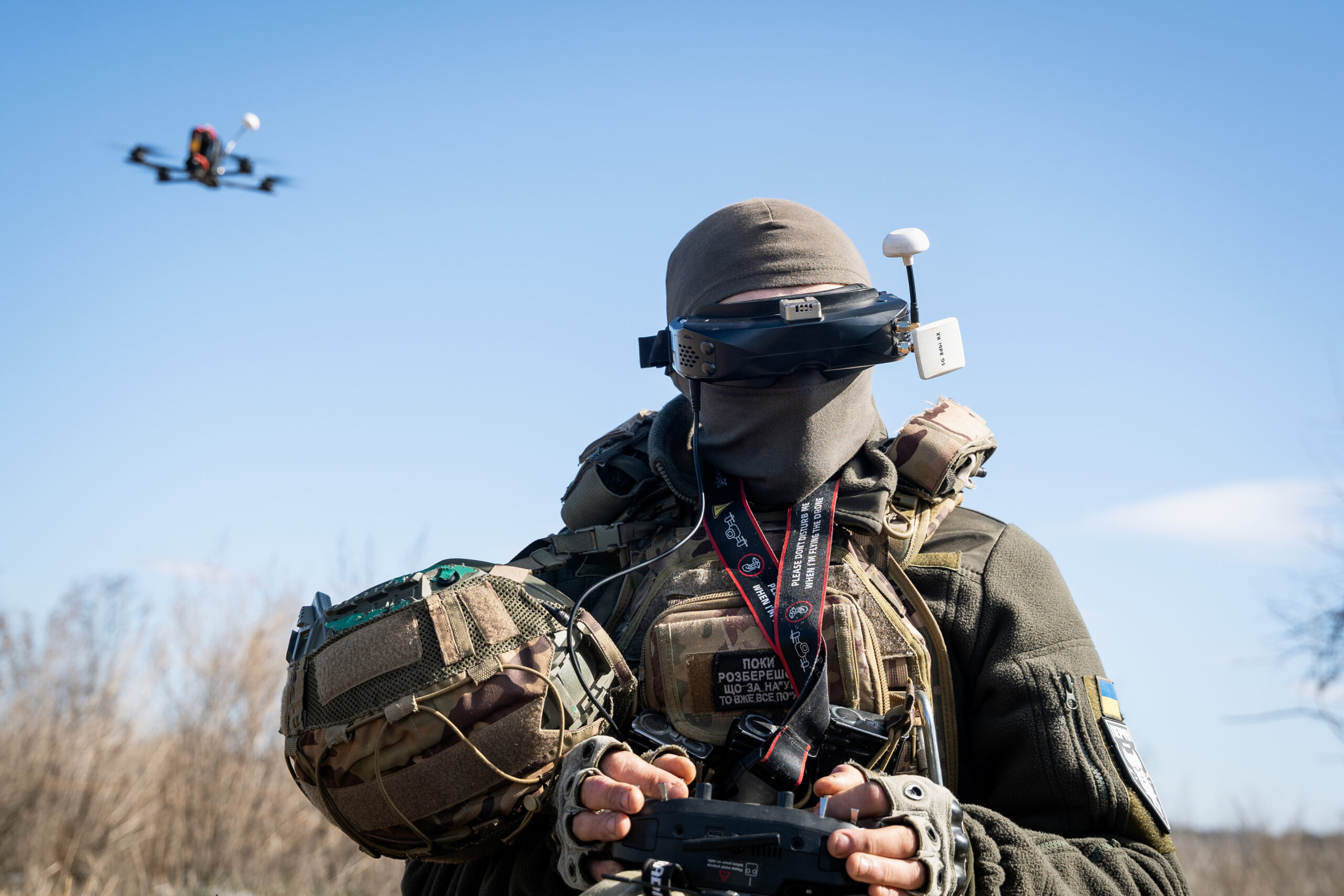Key Takeaways
- Mexican cartels are adopting advanced first-person view (FPV) drones, inspired by Ukraine’s drone warfare tactics.
- Cartel operatives may have trained in Ukraine, gaining crucial combat experience for enhancing smuggling and violent capabilities.
- The U.S. must strengthen counter-drone strategies and intelligence cooperation to address the escalating threat from these nonstate actors.
Technological Advancements in Cartel Warfare
Drug cartels, some designated as terrorist organizations by the U.S., have historically embraced technology to evade law enforcement. Their latest innovation involves first-person view (FPV) drones, which they are adapting from military strategies used in Ukraine. The drones enable drug smuggling and targeted killings, signaling a major shift in cartel capabilities.
Reports indicate some cartel operatives might be joining Ukraine’s International Legion under false pretenses to learn FPV tactics. Intelligence services from both Mexico and Ukraine are investigating these links, raising concerns about cartel members embedding themselves in specialized combat units. This underscores the potential danger not only for regional stability in the Americas but also for U.S. homeland security.
Learning from Ukraine’s Drone Innovations
The Ukrainian conflict transformed the battlefield into a testing ground for drone warfare. Commercial FPVs, initially utilized for racing, proved to be cost-effective and versatile for military applications. Ukrainian forces accelerated their use and built upon existing technologies to achieve high-precision attacks while minimizing costs.
The looming threat is illustrated by the evolving tactics of Mexican cartels. They are adapting FPVs, which offer relative affordability and the ability to carry small munitions. Intra-cartel conflicts are already seeing the use of these drones for targeted strikes, allowing cartels to conduct operations that would have previously required significant manpower.
The Rising Threat of Cartel FPVs
The implications of cartels employing FPV technology are grave. Attacks could extend beyond internal disputes, posing risks to U.S. border security. If U.S. policy escalates joint operations against cartels, the potential for FPVs to be used against American personnel and infrastructure grows significantly.
Nonstate actors like drug cartels are merging criminal operations with paramilitary tactics, warranting an urgent U.S. response. Recommendations include:
– Enhancing intelligence cooperation among the U.S., Mexico, and Ukraine to monitor cartel movements and technology transfers.
– Investing in counter-drone technology to detect and neutralize FPVs.
– Implementing strict controls to disrupt the supply chain of drone components.
Conclusion
The proliferation of FPV technology among cartels indicates a sobering reality: military capabilities are increasingly accessible to nonstate actors. The U.S. must act swiftly to adapt and counter this developing threat, as the consequences of inaction could profoundly impact security across North America and beyond. Now is the time to address the rising danger posed by the democratization of drone warfare.
The content above is a summary. For more details, see the source article.















